The indoor advertising LED display has been increasingly used in key applications such as control rooms, command halls, conference centers, etc. due to its true seamless splicing, cost-effectiveness, and superior display effects. The splicer is used in conjunction with the indoor advertising LED display. A key application of the splicer is to output multiple DVI signals, and splice and display multiple displays arranged in a matrix to make it a logical complete display area.
As the display area of indoor advertising LED display products increases, dozens of square meters of projects are common, and the physical resolution of LED displays often exceeds 1920×1200, that is, each large-scale LED display is composed of several independent display areas which are driven by a plurality of LED controllers. For the application of the splicer, corresponding LED controllers are required to provide a plurality of DVI output interfaces and splice the entire LED screen.
1. Regarding the application of the splicer in indoor advertising LED display field, there are several key technologies worthy of attention:
(1) Output synchronization of signals
The multi-channel DVI signal output of the splicer has a synchronization problem with the signal. The unsynchronized signal is output to the LED display screen, which will occur a tearing phenomenon at the splicing place and is especially noticeable when playing high-speed moving images.
(2) graphics processing algorithm
We know that the point-to-point image display is the best. After the image is reduced, if ordinary graphics processing technology or general-purpose FPGA graphics processing algorithm is used, the edges of the image will be jagged, even pixels will be missing and the brightness will also reduce. High-end image processing chips or FPGA systems that utilize complex graphics processing algorithms will maximize the display effect for reduced images.
(3) Non-standard resolution output
The indoor advertising LED display is made up of unit matrixes of display that have the same specification. The size of each display unit and physical resolution is fixed, but the entire large screen is not a standard physical resolution. In a very large-scale splicing system, the LED display area driven by each LED controller may not be the standard resolution. At this time, the output of the splicer with the non-standard resolution is critical, which can help us quickly find the right splicing method, so as to allocate resources reasonably, and effectively saves the quantity of LED controllers and transmission devices.
2. the current splicer can be divided into four categories, namely embedded pure hardware architecture, PCI-E bus architecture, distributed network architecture, and hybrid architecture.
(1) Embedded pure hardware architecture
The structure of the pure hardware architecture splicer is relatively simple, and it is not easy to cause system failure; the acquisition board and the output board can be hot-swapped and easy to replace; the multi-channel and multi-format signal acquisition and processing can be realized; the back-board switching technology and the output board card unified clock technology ensures the synchronization of multiple signal outputs; the resolution of each DVI output signal can be customized to meet the splicing characteristics of the LED display.
(2) PCI-E bus architecture
Usually, the bus architecture splicer uses PCI Express technology, and the available data bandwidth is up to hundreds of Gbps. The host is equipped with a high-performance CPU and large-capacity memory. It can be pre-installed with different operating systems (such as 64-bit Windows 7) depending on the application domain and can run various applications directly. The splicer is equipped with multiple high-performance graphics output cards, each with an ultra-high internal bandwidth and video memory, and all output images are synchronized to eliminate image tearing between display units. It also has multiple input cards, supports multiple signal formats, and is capable of image processing of input signals.
(3) Distributed network architecture
The distributed network architecture splicer usually adopts a node-type hardware structure, and each input and output node is separately separated, and the data is transmitted through the twisted pair to access the central switch. The core is an advanced video codec technology that processes and encodes the collected DVI, VGA, YPbPr, CVBS, and 3G-SDI signals through various signal input nodes. Afterward, decoding subsequent video is transmitted to the output node, through a dedicated network communication protocol, and converted to a DVI digital signal for output to the display terminal.
(4) Hybrid architecture
A hybrid architecture generally refers to a splicer or splicing system in which two or more of the above three splicing techniques are combined.
For example, the PCI+ hardware backplane bus architecture splicer, its system control, and image processing are implemented independently. The PCI bus is responsible for system control and runs the operating system in the background; the hardware backplane bus is responsible for video image processing, and the system allows simultaneous processing of a large number of high-resolution input signals while still maintaining real-time operational performance at the full frame rate and optimal image quality to ensure synchronization of the output signal. For important emergency places, it can be ensured that the screen will never be black. Even if the operating system responsible for the PCI bus is faulty or virus infected, the dedicated backplane graphics processing bus can ensure that the external video image is displayed at any time.
Through the hybrid architecture, it is possible to integrate applications, complement each other, and greatly increase the stability of the system. This is also the development direction of the future splicing technology, it has a broader application space.
Shenzhen HTJ Technology Co., Ltd. was founded in 2015 with a registered capital of 50 million. It is a professional supplier of LED application products (indoor & outdoor LED displays, glass curtain wall transparent LED display, etc.), which integrates R&D, production, sales, and engineering services. In addition, it is also a professional application system solution service provider of LED products in China. Based on the forward-looking judgment of the LED industry and the accurate positioning of the company’s business strategy, HTJ has become the fastest-growing enterprise representative in the industry, realizing the development pattern of product characteristics, business comprehensiveness, and service specialization.
The business covers LED light-emitting devices, LED application products production and sales, application system solutions and engineering services, and other multiple links. The sales service network is all over the world; the engineering case is all over the place.
HTJ has always adhered to the business philosophy – of honesty management, technological innovation, and self-transcendence. In order to meet the market demand for LED products, we will continue to improve the automation level of production technology and production equipment and continue to strengthen the market management awareness and service concept. Promote the application of LED optoelectronic series products in human green lighting in an all-around way.
Related videos: https://www.youtube.com/watch?v=nBj3OYq3lTE
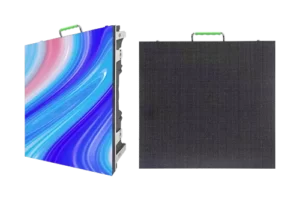


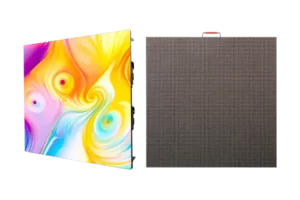



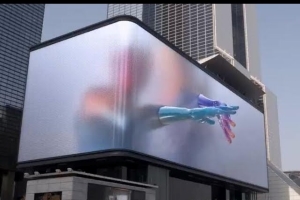


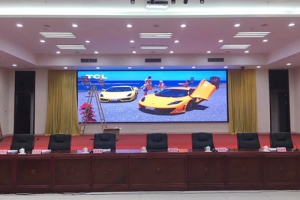
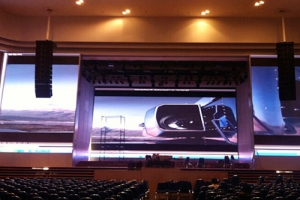
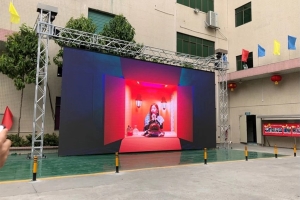
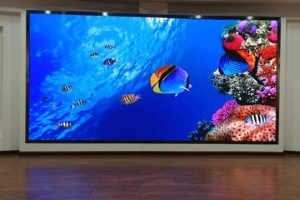
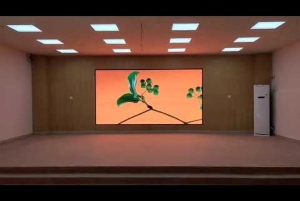
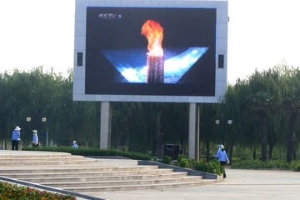





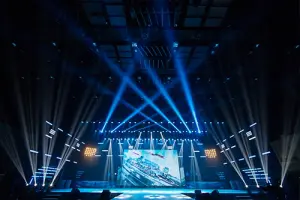
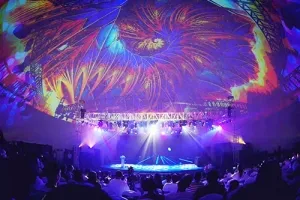

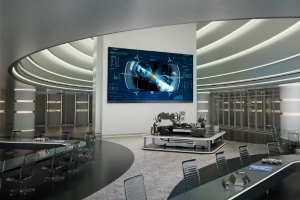






 Language
Language 




